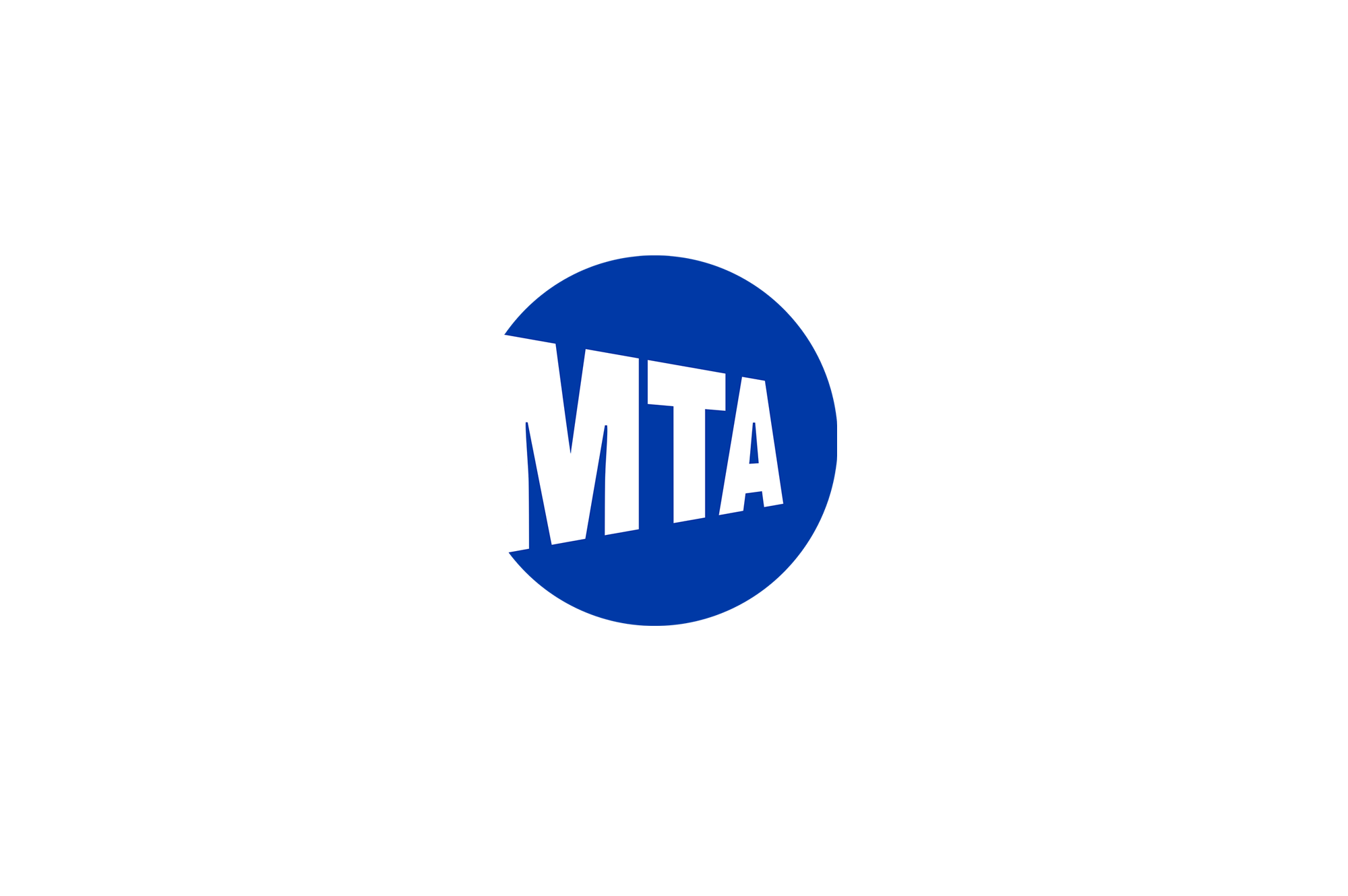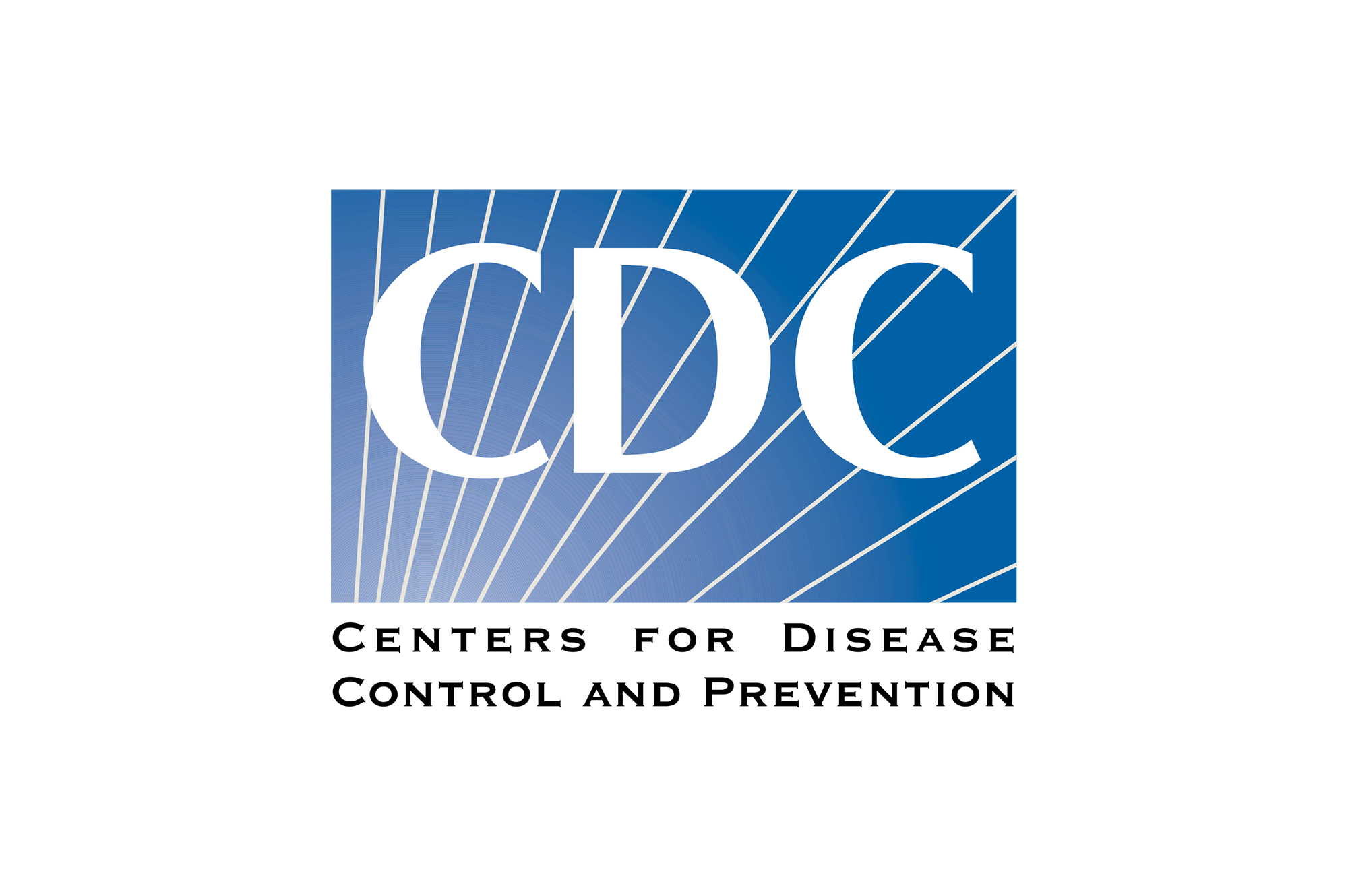
Not long ago, if an employee took a sick day, it was probably due to the sniffles or the flu. These days, time lost to mental health is on the rise.
According to consultancy firm Deloitte, a growing number of employees are experiencing burnout as technology makes it easier to log extra time and check emails outside designated working hours.
While there are several factors that can lead to mental health problems, for employers and Learning and Development professionals working in a hyper-digital world, the effect of digital learning and consumption must be considered.
The rapid growth of workplace technology used worldwide is attributed to a number of factors, including an explosion among emerging economies trying to close the education gap, the need to educate vast numbers of people at low cost, the falling price of learning solutions, the needs of the modern workforce to engage in lifelong learning, and the ease and convenience of online learning compared with attending a physical classroom.
All this means that more people are going to spend even more time on their digital devices, while being increasingly surrounded by other technology, from fridges streaming news to watches vibrating with an endless stream of alerts.
Mental health experts concerned about our digital consumption are exploring the best ways to balance eLearning with screen time and our relentless integration with the digital world. Evidence suggests we’re becoming over dependent on and addicted to our devices, increasing our stress and anxiety.
That stress and anxiety can be caused by several different things, including perpetual distractions, sleep dysregulation, difficulty balancing work and life, social comparison, and the all-too-familiar fear of missing out (FOMO). Being overly connected can cause psychological issues such as narcissism, expectation of instant gratification, a reduction of empathy, and even depression.
But we know being connected to tech can also be a force for good.
Organizations have the opportunity to disrupt this negative flow of digital media and turn it into a positive learning experience. By replacing distracting and irrelevant media with intellectual and fun learning experiences, employers can turn around the negative affects into positive ones with a change in behavior.
According to a study conducted by the American Psychological Association Center for Organizational Excellence, digital technology helps people be more flexible and productive, and makes it easier to get work done. The trick is to take active steps to manage the use of technology so the benefits outweigh the drawbacks.
Learning and Development professionals offering digital solutions should keep potential pitfalls in mind, offering courses that leverage the best digital learning has to offer – not just another device to get lost in.
Here are some ways eLearning professionals can promote positive mental health among learners:
The benefits of eLearning have been well documented. However, understanding the best way to create positive environments and platforms for that learning to occur in a balanced, productive way is a vital part of fostering the mental health of employees.
Want to know more about how our digital knowledge solutions can create a competitive advantage? Connect with one of our experts today to learn more.
We develop digital knowledge solutions. Our team makes heroes of learning and development professionals. We improve workspace experience (and lives) across the globe, with better learning.




















